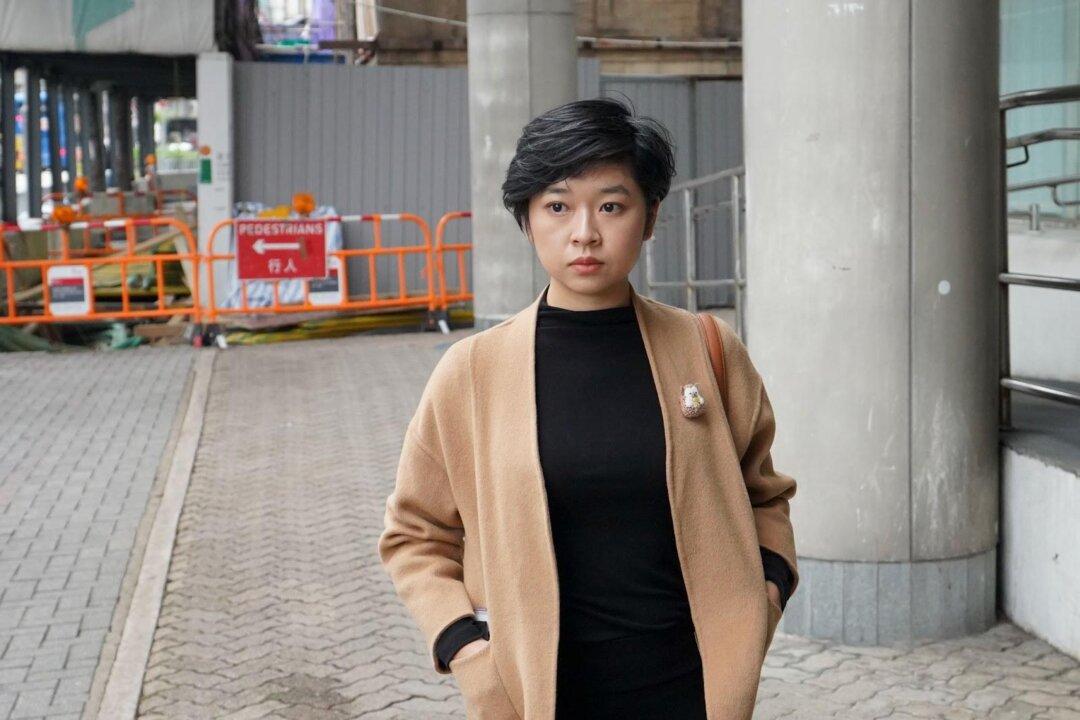A Hong Kong Consumer Council report released on July 15 disclosed that more than 90 percent of 50 hair styling product models contain harmful substances, with some exceeding limits set by the European Union, mainland China, or Hong Kong regulations. The Council has urged manufacturers to enhance product safety measures, and advised consumers to exercise caution when selecting and using hair styling products.
The Council conducted tests on 50 models of hair styling products purchased from various retailers, priced between HK$30 ($3.84) and HK$650 ($83.26). These included 14 aerosol hair sprays (finishing sprays), nine non-aerosol hair sprays/styling conditioning sprays, ten finishing gels/foams/hair creams, ten hair waxes, and seven hair clays.
Overall, nearly 90 percent of the models (44) were found to contain between one to eight fragrance allergens. Among them, nine models (including three aerosol hair sprays, one non-aerosol hair spray, two finishing gels, two hair waxes, and one hair clay) contained five or more fragrance allergens. Additionally, the total concentration of fragrance allergens in three other models (two styling conditioning sprays and one hair wax) exceeded 0.5 percent. Only six samples did not detect any allergens, from brands such as Kao, L’Oréal Paris, Dashu, Mandom, Gonzo Pomade, and SHISEIDO.
Four of the tested models (three hair waxes: Ida Faddy, SHHH, and Deuxer; and one hair clay: SHHH) were found to contain the EU-banned fragrance allergen BMHCA, with concentrations ranging from 0.0018 percent to 0.014 percent. BMHCA is classified as a Group 1B reproductive toxicant, impacting sexual function and fertility in adult animal experiments, and showing toxicity to developmental systems in offspring. Reports also indicate that BMHCA may act as an endocrine disruptor, potentially causing health issues.
Multiple Samples Detected with Preservatives
Several models were also found to contain preservatives. Three hair wax models (including Gonzo Pomade, SHHH, and Deuxer) contained MIT at levels ranging from 0.0015 percent to 0.0095 percent, failing to comply with EU requirements (not recommended for use in leave-on products) but meeting mainland China’s limits (not exceeding 0.01 percent).Aerosol Spray Hair Gel’s VOCs Exceed Legal Limits
Regarding aerosol spray hair gels, tests conducted using the method recommended by the California Air Resources Board (CARB) revealed that VOC concentrations in 14 aerosol hair spray models ranged from 14 percent to 77 percent. TRESemme, with the highest concentration at 77 percent, exceeded Hong Kong’s maximum permissible limit (55 percent) under the Air Pollution Control (Volatile Organic Compounds) Regulation. Two other models, AVEDA and Kevin Murphy, approached the maximum limit. Information on these findings has been forwarded to the Environmental Protection Department for further action.3 Hair Clay Samples Detected Trace Amounts of Lead
The Council’s analysis of seven hair clay samples for heavy metals detected trace amounts of lead in three samples—Ida Faddy, FLORA, and architex—ranging from 0.13 to 1.8 milligrams per kilogram, within allowable limits set by mainland China, the United States, and Germany.None of the samples tested positive for Polycyclic Aromatic Hydrocarbons (PAHs), a favorable outcome noted by the Council.
The review of product labeling also revealed deficiencies: nearly 40 percent (19 models) lacked ingredient lists in Chinese or English, posing risks for consumers unaware of allergens present. Seventeen models lacked expiration date information, and one aerosol hair spray lacked flammability warnings in both Chinese and English. The Council urged suppliers to improve product labeling for consumer safety.
The Council advised consumers, particularly those with sensitive skin or eczema history, to avoid products containing fragrance allergens or allergenic preservatives to minimize the risk of allergic reactions.
“Individuals with a history of eczema or sensitive skin should avoid products containing fragrance allergens or allergenic preservatives to minimise the risk of allergic reactions,” reads the statement.

The Council suggested consumers refer to the following tips when using hair styling products:
- Avoid applying styling products on the scalp and wash hands as soon as possible after use to minimise the risk of allergic reactions;
- Individuals with sensitive airways or asthma may suffer from allergies or discomfort due to inhalation of fragrance allergens in hair sprays or aerosol products, thus should maintain good ventilation when using;
- Styling or combing wet hair, or combing after using a “strong hold” styling product, may cause hair breakage or even hair loss. It is advisable to minimise the use of such products or allow hair to dry partially before combing or styling;
- Shampoo daily after using hair styling products. When using “strong hold” styling products (e.g. hair sprays and finishing gels), use a shampoo with a strong cleansing effect (e.g. for oily hair), or lather twice to thoroughly rinse off the styling product;
- Accumulation of residual substances over time may block pores. If sebum in the pores on the scalp is blocked and cannot be discharged, it may lead to bacterial folliculitis, resulting in hair loss due to scabbing; if the scalp is sensitive to certain styling products, it may also lead to allergic contact dermatitis, which in serious cases can cause hair loss or scalp folliculitis (i.e. head sores), and if not handled properly will increase the risk of scarring and hair loss.






